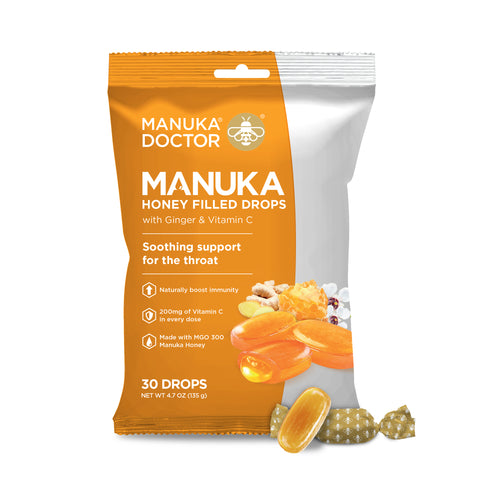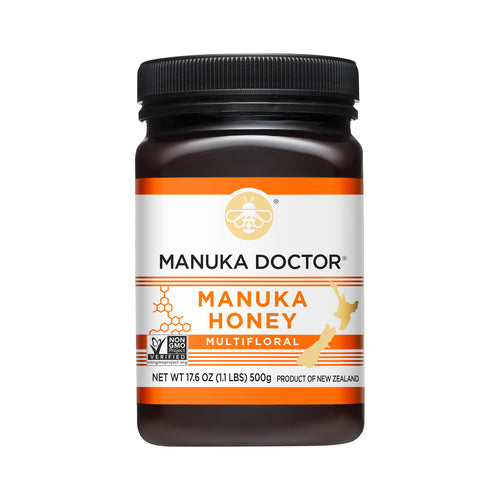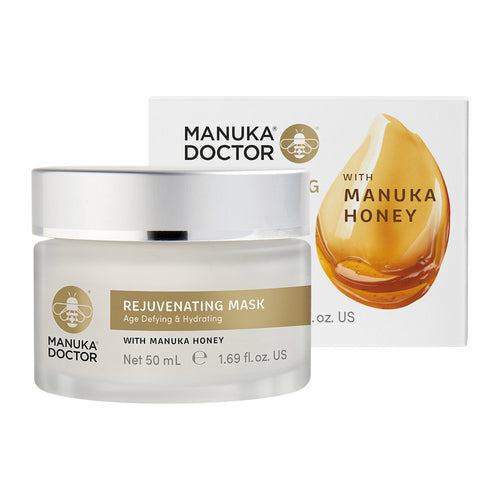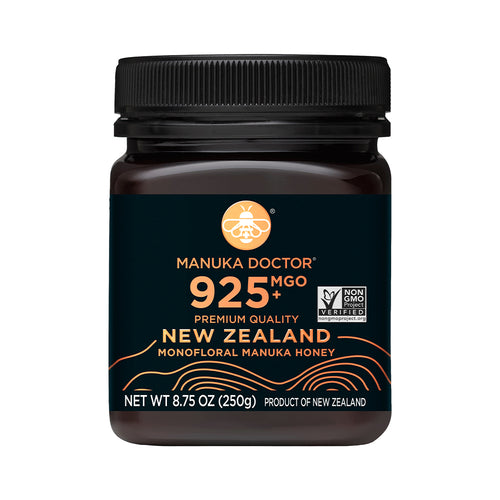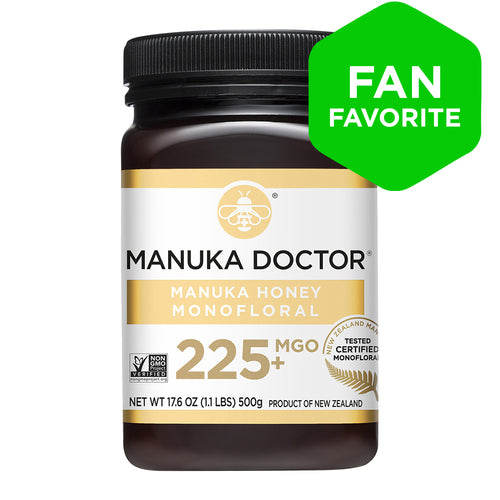It’s easy to take our joints and bones for granted, but walking, running, jumping, reaching and all those other daily movements can take its toll on our flexibility and range of movement. Find out what you can do to support your joints, and reduce wear and tear.
What happens to our joints as we get older?
Chondrocytes are the cells that produce and repair cartilage – the connective tissue that cushions our joints and bones so they move easily. (Think of cartilage as a bit like a shock absorber.) As you get older, your body produces fewer of these cells, and they also tend to get less involved in cartilage maintenance than before. The result: less cartilage cushioning for certain joints, like knees, leaving them vulnerable to damage.1
Over the years, our ligaments can also become less elastic and more stiff due to changes in levels of collagen and elastin – two key proteins found in skin, blood and other connective tissues.2
On top of this, our muscles may start to lose both strength and bulk. Meanwhile, our bone density decreases naturally after the age of 40, with most women then experiencing swift bone loss in the first few years after the menopause. Another factor interfering with bone density is calcium absorption: the amount of calcium absorbed by our bodies declines for both men and women as we get older – particularly after the age of 70.3
Tips to protect your joints
The good news is that there’s plenty you can do in your everyday life to protect and strengthen your bones and joints:

1. Get regular exercise
Our bones are living tissue, produced by a type of bone cell called osteoblasts – and regular weight-bearing activity, for example running, walking, climbing stairs or dancing, can stimulate them to produce new bone. Dutch researchers have found that a lack of exercise leaves osteoblasts inactive – leading to a drop in bone density.4
2. Go outside
When exposed to sunlight, your skin makes vitamin D – an important nutrient needed for normal bone and muscle function, and to help absorb calcium, another mineral needed for bones.5 In fact, it’s so important that a low level of vitamin D is linked to premature ageing of bone, according to a 2013 study by a team of US and German researchers.6

For most people, from March to October, our skin should be able to make all the vitamin D we need from exposure to sunlight. But in winter, the sun isn’t strong enough so the NHS advises taking a supplement of 10mcg vitamin D a day.7
3. Choose a joint-friendly supplement
Concerned about your joints? Choose a supplement specially designed to support your bones, cartilage and connective tissue, like the new Manuka Doctor Bee-Flex supplement. Ingredients include vitamin C, needed for the normal production of collagen, a protein found in skin, cartilage, bone, blood and ligaments,8 plus glucosamine and chondroitin, which are found naturally in cartilage and have been shown to curb the breakdown of cartilage and stimulate its repair.9 Other ingredients include manganese – needed for bones and connective tissue, including cartilage10 – and turmeric, which has a natural anti-inflammatory effect on the body.11 Worried about your collagen? Try another supplement, Manuka Doctor Collagen Queen.
4. Maintain a healthy weight
Carrying extra kilograms puts extra stress on your joints, increasing your risk of developing the joint disorder osteoarthritis. In fact, the charity Versus Arthritis reports that very overweight people are 14 times more likely to get osteoarthritis of the knee – and four times more likely to develop the condition than high blood pressure or diabetes.12
5. Drink plenty of fluids
Keeping hydrated is important for your joints – the fluid is needed for joint lubrication, according to a 2014 Virginia, USA study.13
Aim for six to eight glasses of fluid a day. Water is great, but don’t worry if you’re not a fan – the NHS says that tea, coffee, low-fat milk and sugar-free drinks also count.14
Sources
1. Knight J, Nigam Y, Hore N. Anatomy and physiology of ageing 10: the musculoskeletal system. Nursing Times. 2017. 113:11,60-63. https://www.nursingtimes.net/roles/older-people-nurses/anatomy-and-physiology-of-ageing-10-the-musculoskeletal-system/7021849.article
2. Knight J, Nigam Y, Hore N. Anatomy and physiology of ageing 10: the musculoskeletal system. Nursing Times. 2017. 113:11,60-63. https://www.nursingtimes.net/roles/older-people-nurses/anatomy-and-physiology-of-ageing-10-the-musculoskeletal-system/7021849.article
3. ScienceDirect. Calcium Absorption. https://www.sciencedirect.com/topics/medicine-and-dentistry/calcium-absorption
4. Willems HME, et al. Diet and Exercise: a Match Made in Bone. Curr Osteoporos Rep. 2017; 15(6):555-563. https://www.ncbi.nlm.nih.gov/pmc/articles/PMC5705732/
5. European Commission. EU Register on health claims. http://ec.europa.eu/food/safety/labelling_nutrition/claims/register/public/?event=search
6. Busse B, et al. Vitamin D deficiency induces early signs of aging in human bone, increasing the risk of fracture. Sci Transl Med. 2013 Jul 10;5(193):193ra88. https://www.ncbi.nlm.nih.gov/pubmed/23843449
7. NHS. Vitamin D. https://www.nhs.uk/conditions/vitamins-and-minerals/vitamin-d/
8. As Source 5
9. Jerosch J. Effects of Glucosamine and Chondroitin Sulfate on Cartilage Metabolism in OA: Outlook on Other Nutrient Partners Especially Omega-3 Fatty Acids. Int J Rheumatol. 2011;2011:969012. https://www.ncbi.nlm.nih.gov/pmc/articles/PMC3150191/
10. As Source 5
11. Shehzad A, Rehman G, Lee YS. Curcumin in inflammatory diseases. Biofactors. 2013 Jan-Feb; 39(1):69-77. https://www.ncbi.nlm.nih.gov/pubmed/23281076
12. Versus Arthritis. Obesity is bad for your joints. https://www.arthritisresearchuk.org/arthritis-information/arthritis-today-magazine/146-autumn-2009/obesity-is-bad-for-your-joints.aspx
13. Riebl SK, Davy BM. The Hydration Equation: Uptake on Water Balance and Cognitive Performanc. ACSMs Health Fit J. 2013 Nov/Dec; 17(6): 21-28. https://www.ncbi.nlm.nih.gov/pmc/articles/PMC4207053/
14. NHS. Eat well: Water, drinks and your health. https://www.nhs.uk/live-well/eat-well/water-drinks-nutrition/
